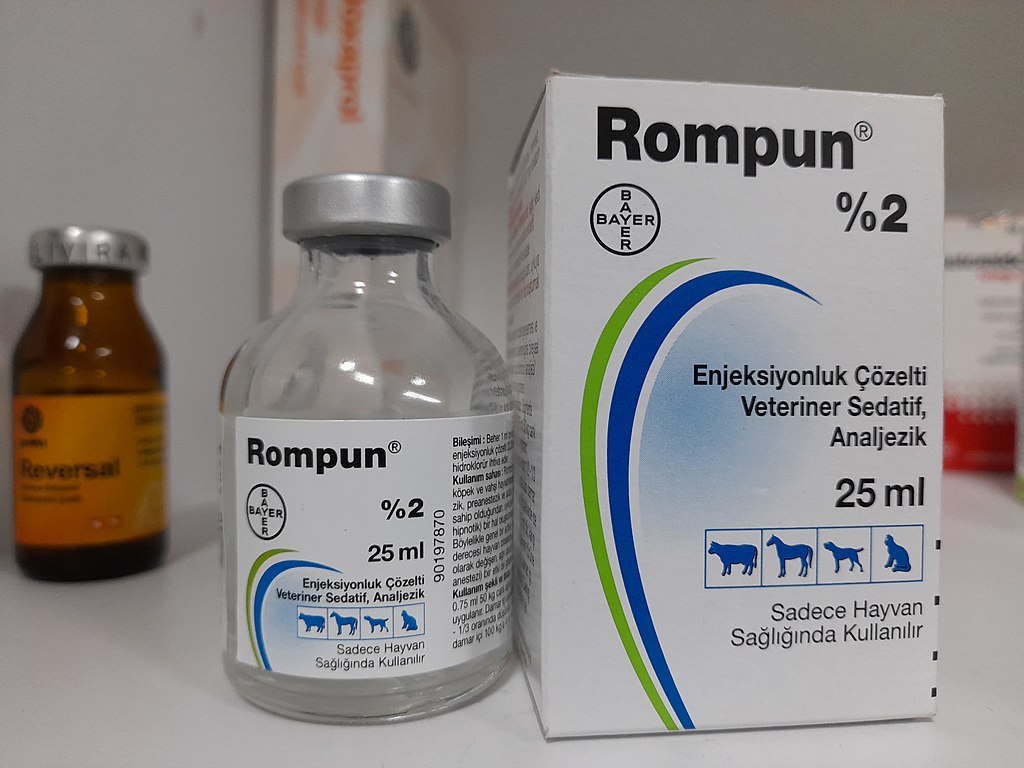Another potent animal tranquilizer has appeared in street drugs, added to illicit fentanyl and other opioids to extend a user’s high.
This drug, known as medetomidine, has been linked to a recent surge in fatal overdoses across the Midwest and Northeast.
Medetomidine significantly slows breathing, heart rate, and blood pressure while reducing activity in the brain and spinal cord. It is not intended for human use.
Dr. Natasha Bagdasarian, chief medical executive of the Michigan Department of Health and Human Services, expressed concern: “It’s really concerning, the types of contaminants that we are seeing. Drugs are becoming deadlier.”
Medetomidine is more potent than a similar animal sedative, xylazine, or “tranq,” which has become prevalent in the U.S. over recent years.
NPS Discovery, an organization that studies illegal drugs, reported the presence of medetomidine in Maryland as early as July 2022.
The drug’s spread is evident as it moves west: it was detected during toxicology tests in three individuals in Michigan who died from drug overdoses, according to state health officials. These cases occurred in different regions of the state and are not connected.
In Chicago, health officials recently linked medetomidine to a rise in overdoses, marking its first detection in the city.
The sedative was found mixed with opioids such as fentanyl, nitazenes, and heroin, as well as with tranq and the anti-anxiety medication alprazolam (Xanax).

The Philadelphia Department of Public Health reported in May that medetomidine had reached the city, and it was also identified last month in Pittsburgh.
People who use medetomidine can remain sedated for at least three hours, according to Philadelphia’s health alert.
Linda Cottler, director of the National Drug Early Warning System, which tracks emerging drug use trends, anticipates that sporadic reports of medetomidine will become more common as the drug spreads nationwide.
Cottler noted, “It’s like a drip, drip, drip until it kind of explodes. This is the way drugs travel.”
The rise of medetomidine coincides with a slight decrease in overdose deaths. Last year, more than 107,000 people died from drug overdoses, down from approximately 111,000 in 2022, according to a recent report.
Medetomidine is particularly troubling because its effects cannot be countered with drugs like Narcan (naloxone), and there are no test strips available to detect it.
Joseph Palamar, an associate professor at NYU Langone in New York City and deputy director of the National Drug Early Warning System, explained,
“It does seem like the new trend is adding sedatives or tranquilizers and other types of nonopioid drugs to fentanyl, which makes opioid reversal much more complicated. How are you going to reverse an overdose with naloxone if this keeps you sedated?”
Despite the challenges, experts still encourage the use of naloxone in overdose situations.
Dr. Bagdasarian stated,
“Even though there is not a specific way to reverse medetomidine, we know that it has been found in conjunction with opioids like fentanyl.
Our primary goal here is to prevent overdose deaths, and as the drug supply becomes deadlier, we have to become more innovative and try to stay one step ahead of the problem.”
